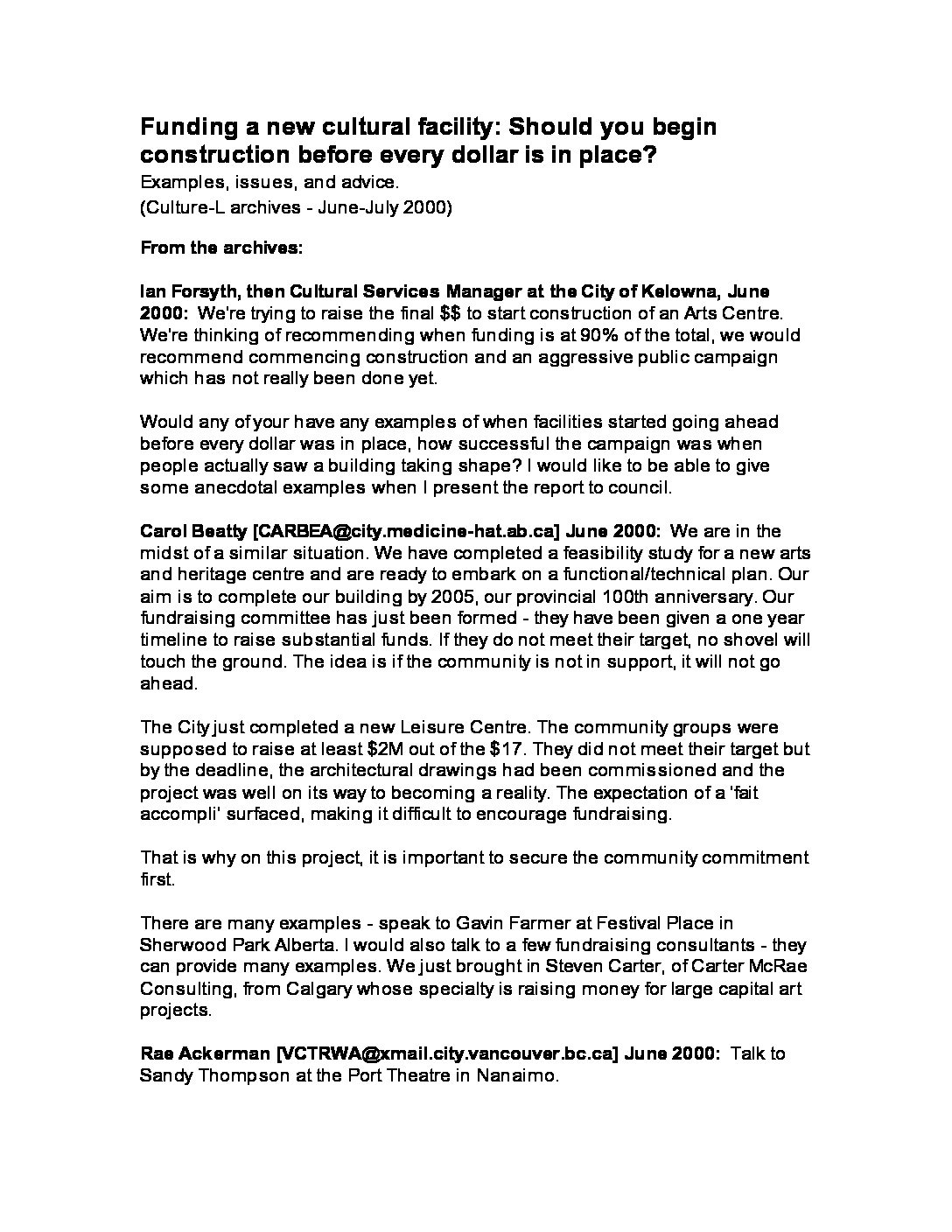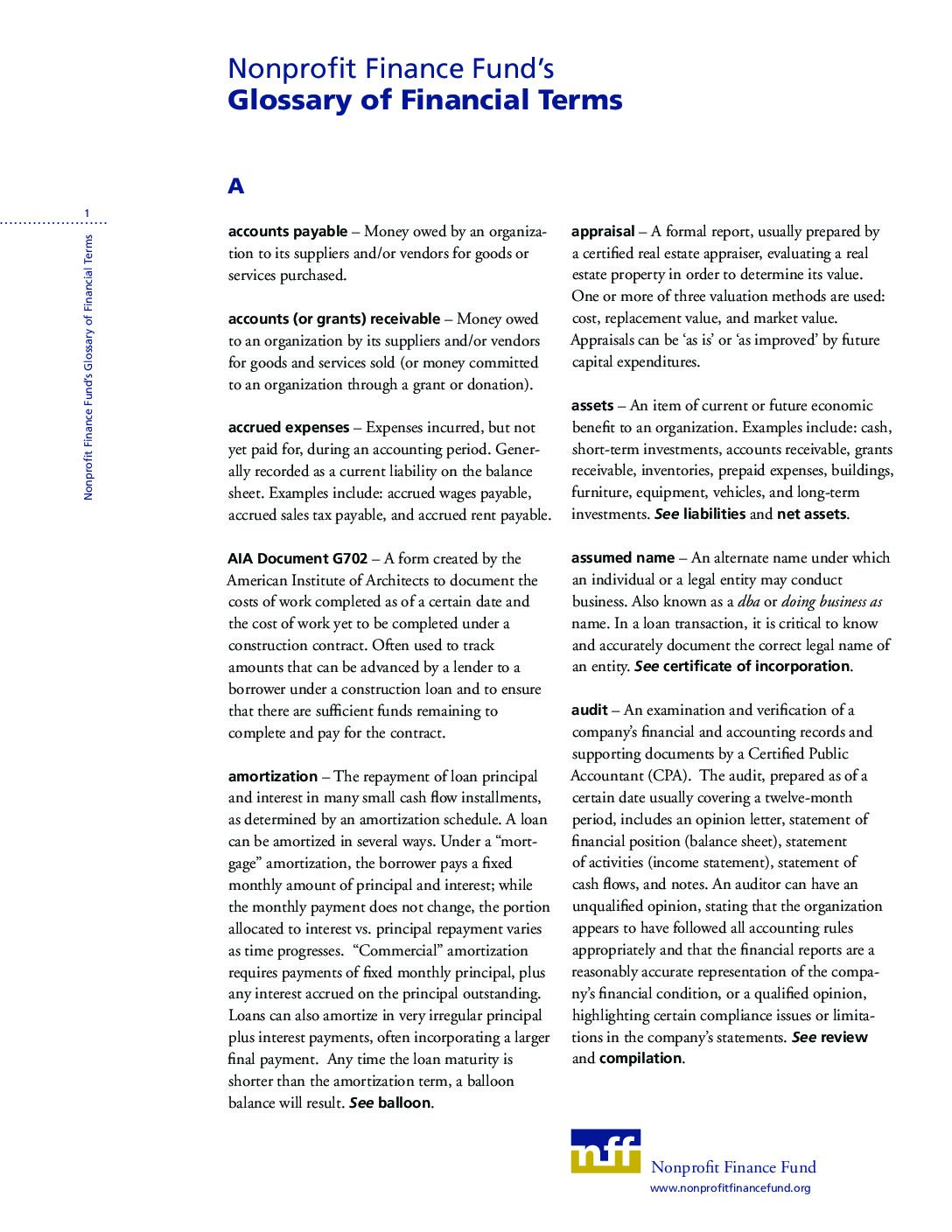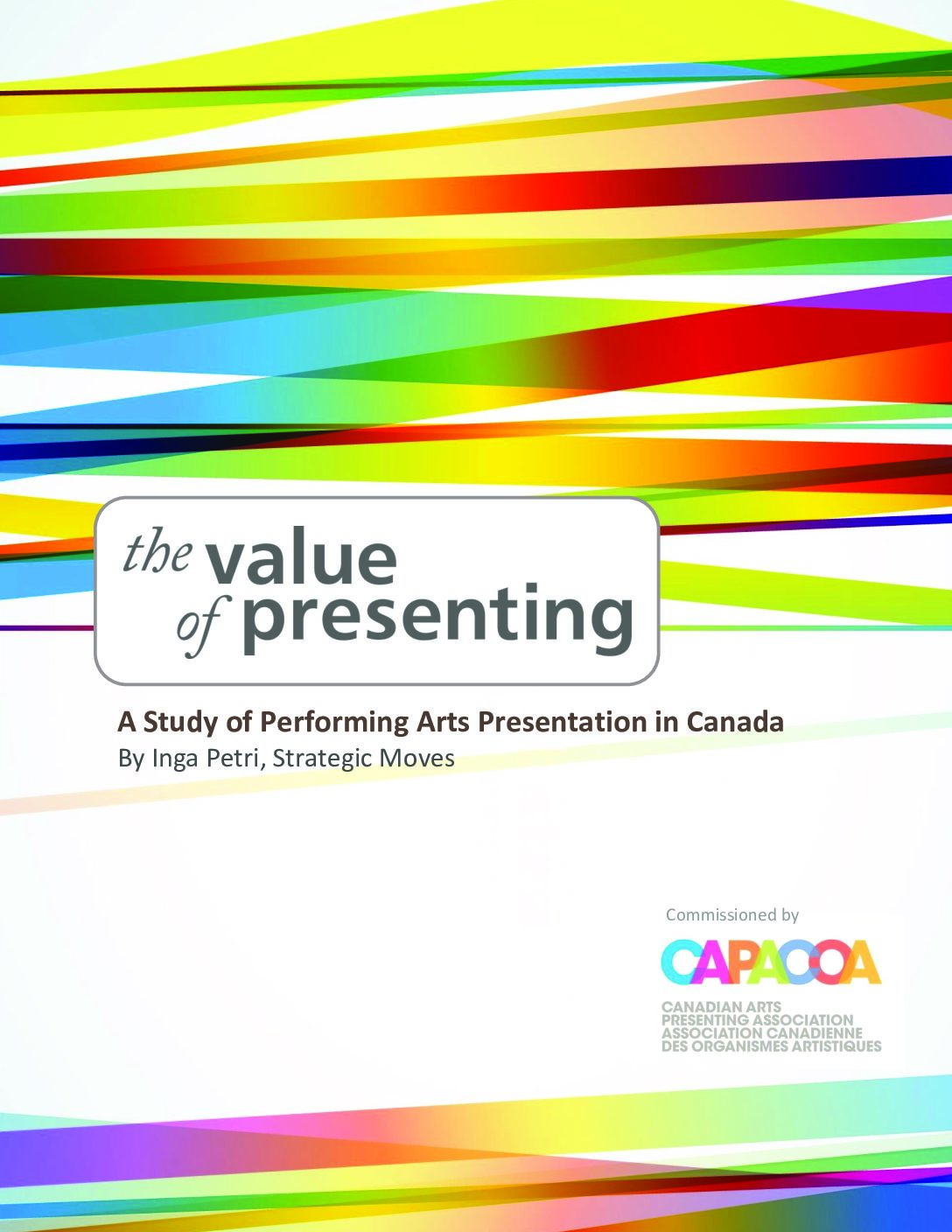-

Artist centers: evolution and impact on careers, neighborhoods and economies – 9399KB (2006)
Over the past generation, a unique form of dedicated space for artists has emerged in the United States. Minnesota serves as a laboratory in this study to explore the impact of artists’ centres on artists and on regions and neighbourhoods. The state and its major metro area—the Twin Cities of Minneapolis–St. Paul—host high concentrations of artists, with their ranks growing relatively rapidly over two decades. In tandem with other elements in the region, the extraordinary density and quality of artists’ centres contribute to the state’s artistic reputation.
-
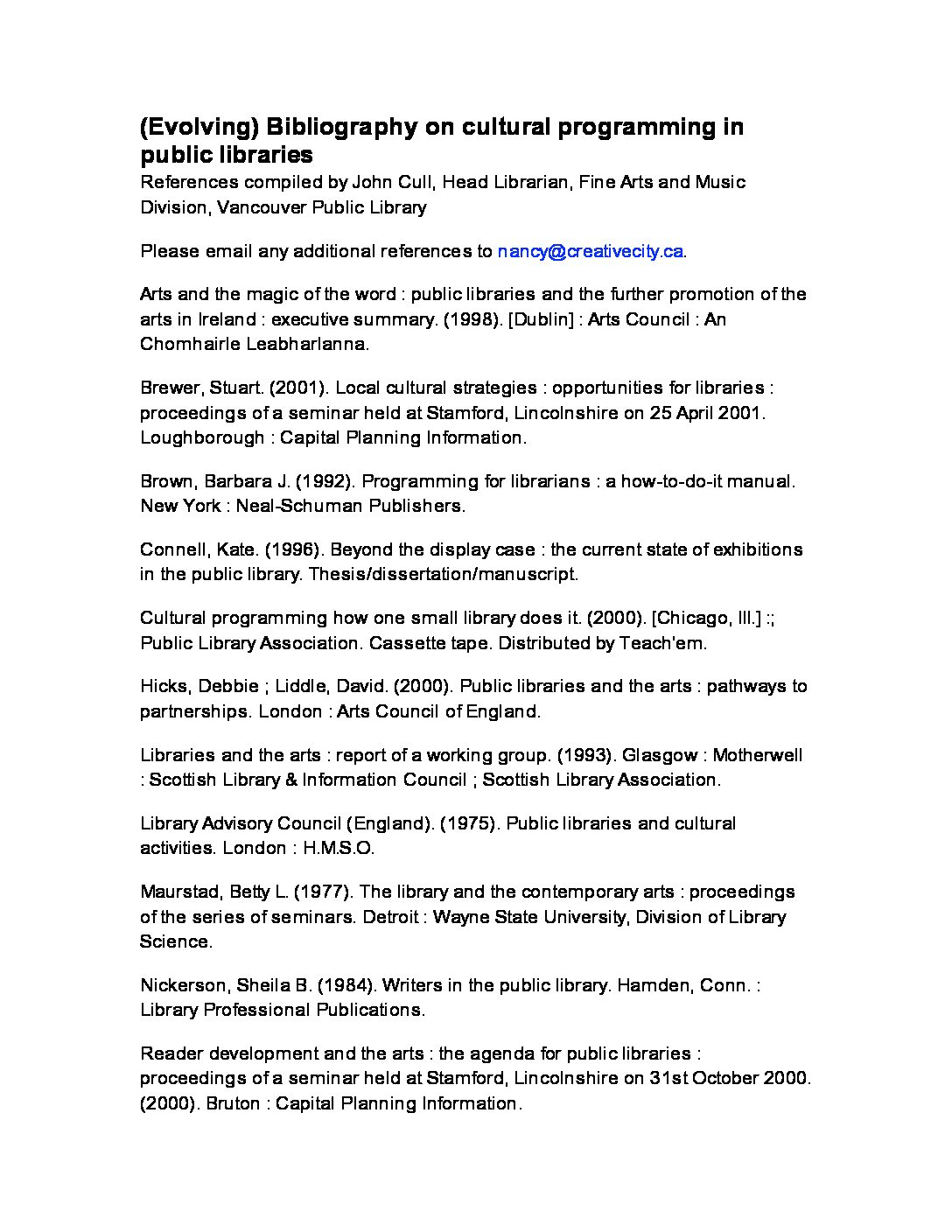
Bibliography on cultural programming in public libraries – 53KB (2005)
Cull, John (2005). References compiled by John Cull, Head Librarian, Fine Arts and Music Division, Vancouver Public Library.
N.b. This resource contains expired contact information.
-
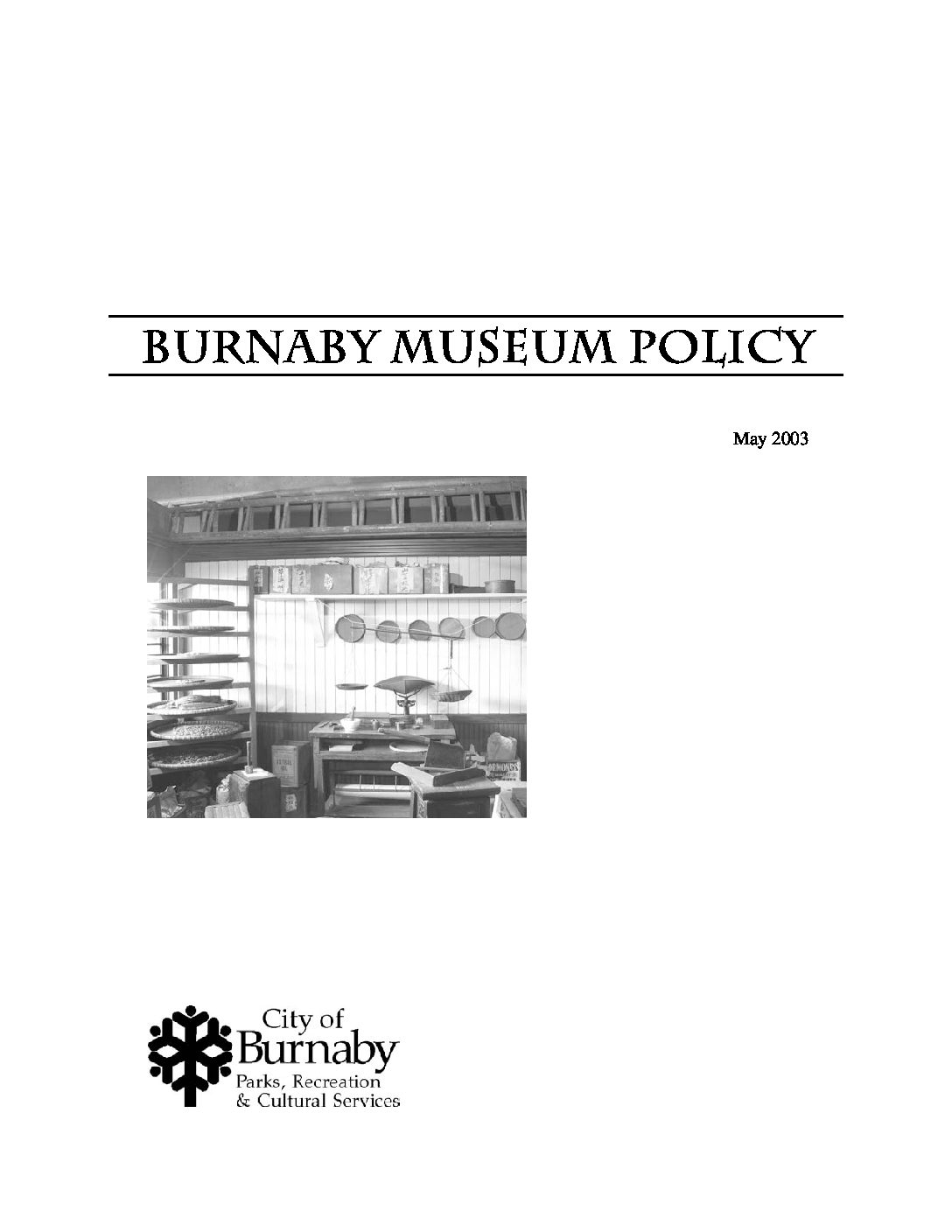
Burnaby, BC – Museum Policy – 150KB (2003)
Museum policy adopted in May 2003 to guide planning and management.
-
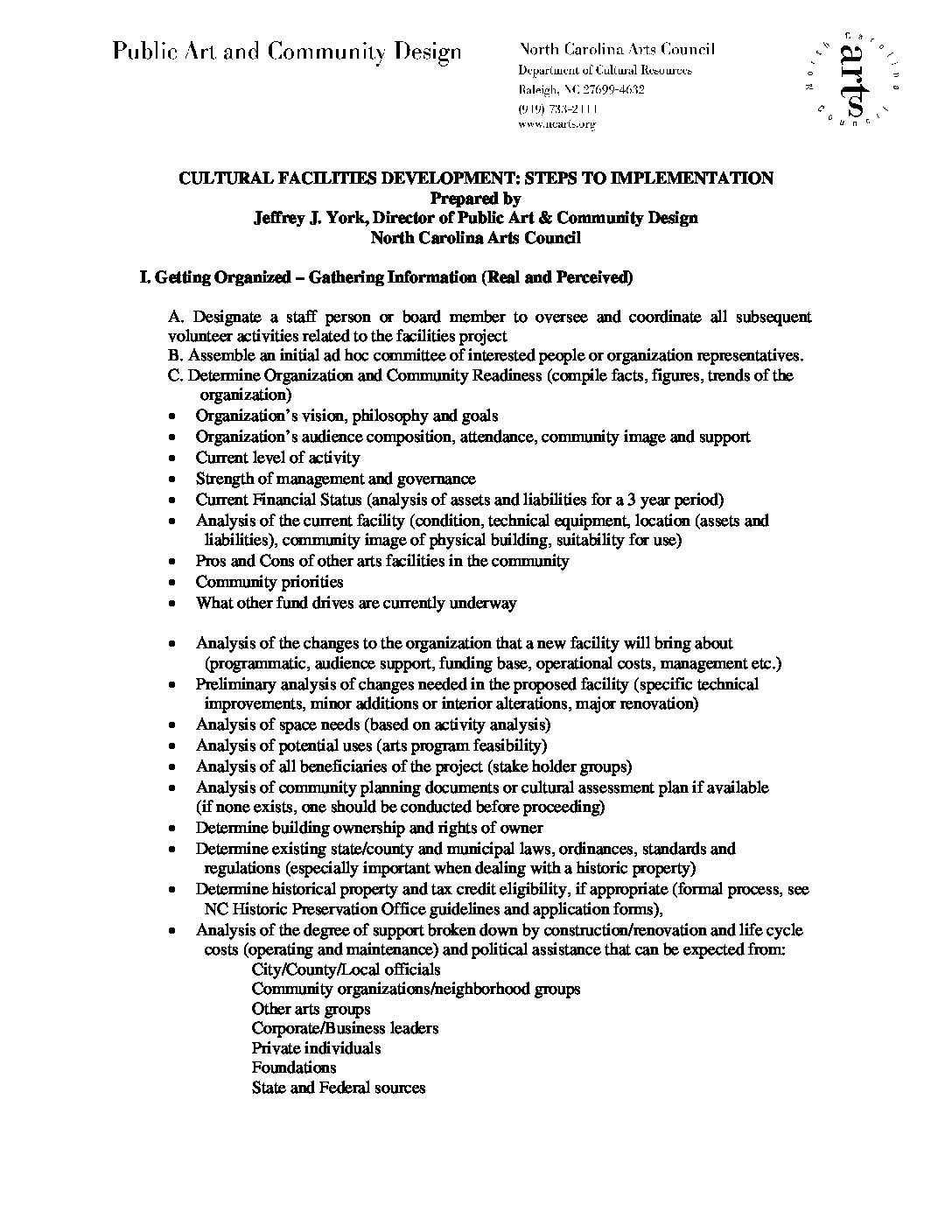
Cultural Facilities Development: Steps to Implementation – 55KB
Recommended steps and task list for the development of cultural facilities from a community perspective, covering both planning and implementation.
-
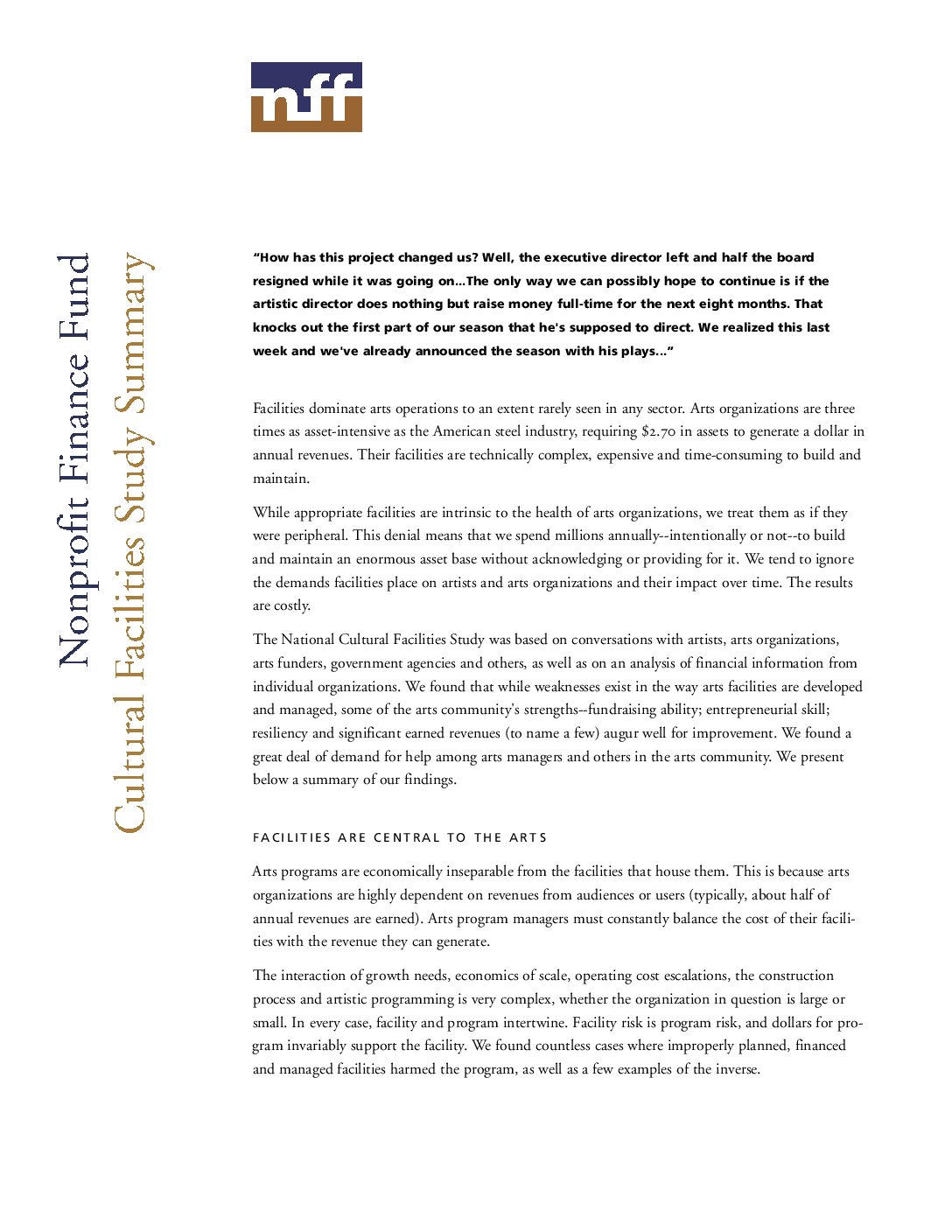
Cultural Facilities Study Summary – 46KB (2003)
The National Cultural Facilities Study was based on conversations with artists, arts organizations, arts funders, government agencies and others, as well as on an analysis of financial information from individual organizations. We found that while weaknesses exist in the way arts facilities are developed and managed, some of the arts community’s strengths–fundraising ability; entrepreneurial skill; resiliency and significant earned revenues (to name a few) augur well for improvement. We found a great deal of demand for help among arts managers and others in the arts community. We present below a summary of our findings.
-
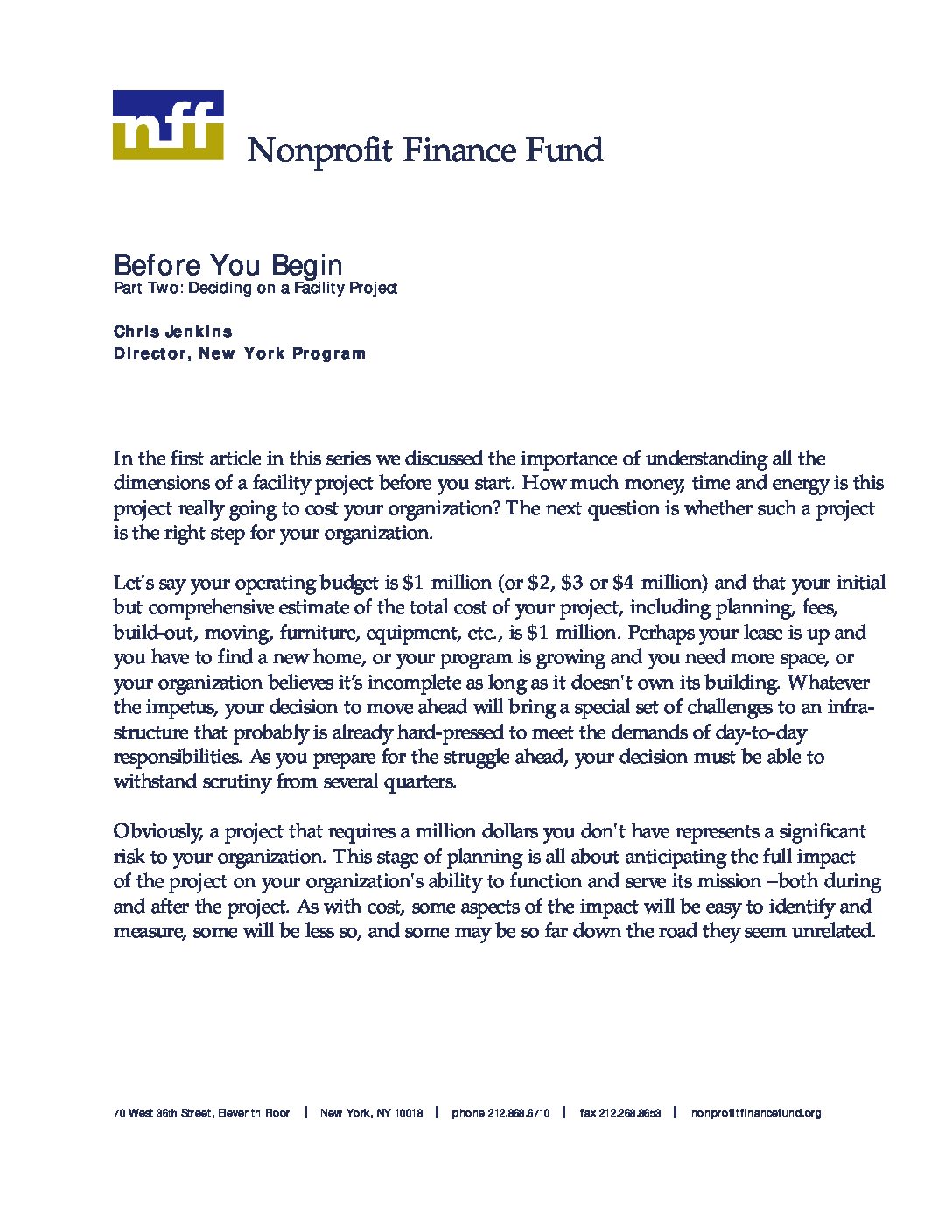
Deciding on a Facility Project – 379KB (2003)
In the first article in this series we discussed the importance of understanding all the dimensions of a facility project before you start. How much money, time and energy is this project really going to cost your organization? The next question is whether such a project is the right step for your organization.
-
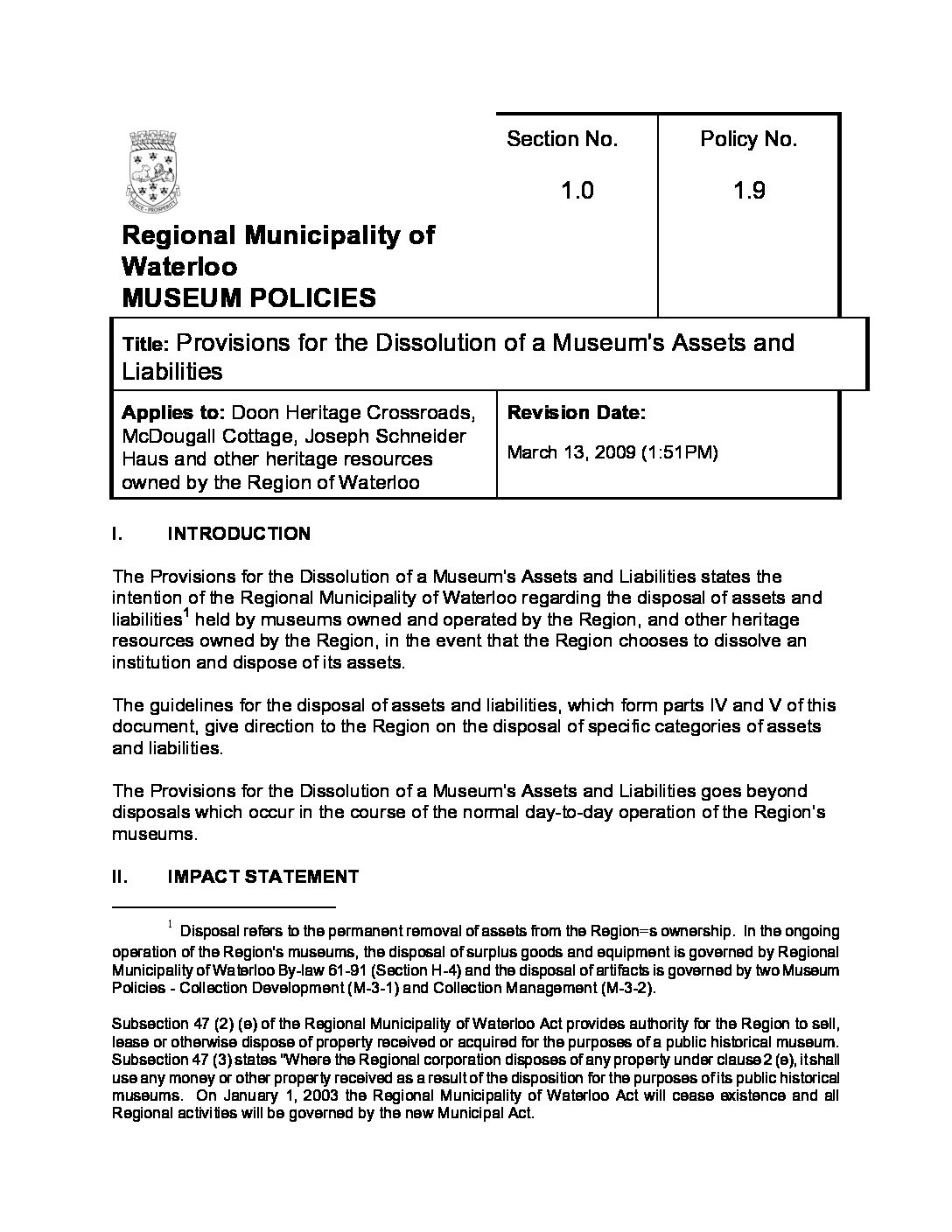
Dissolution or Closing of a Museum – 132KB (2009)
Municipal policy outlining procedures related to permanently closing a museum.
-
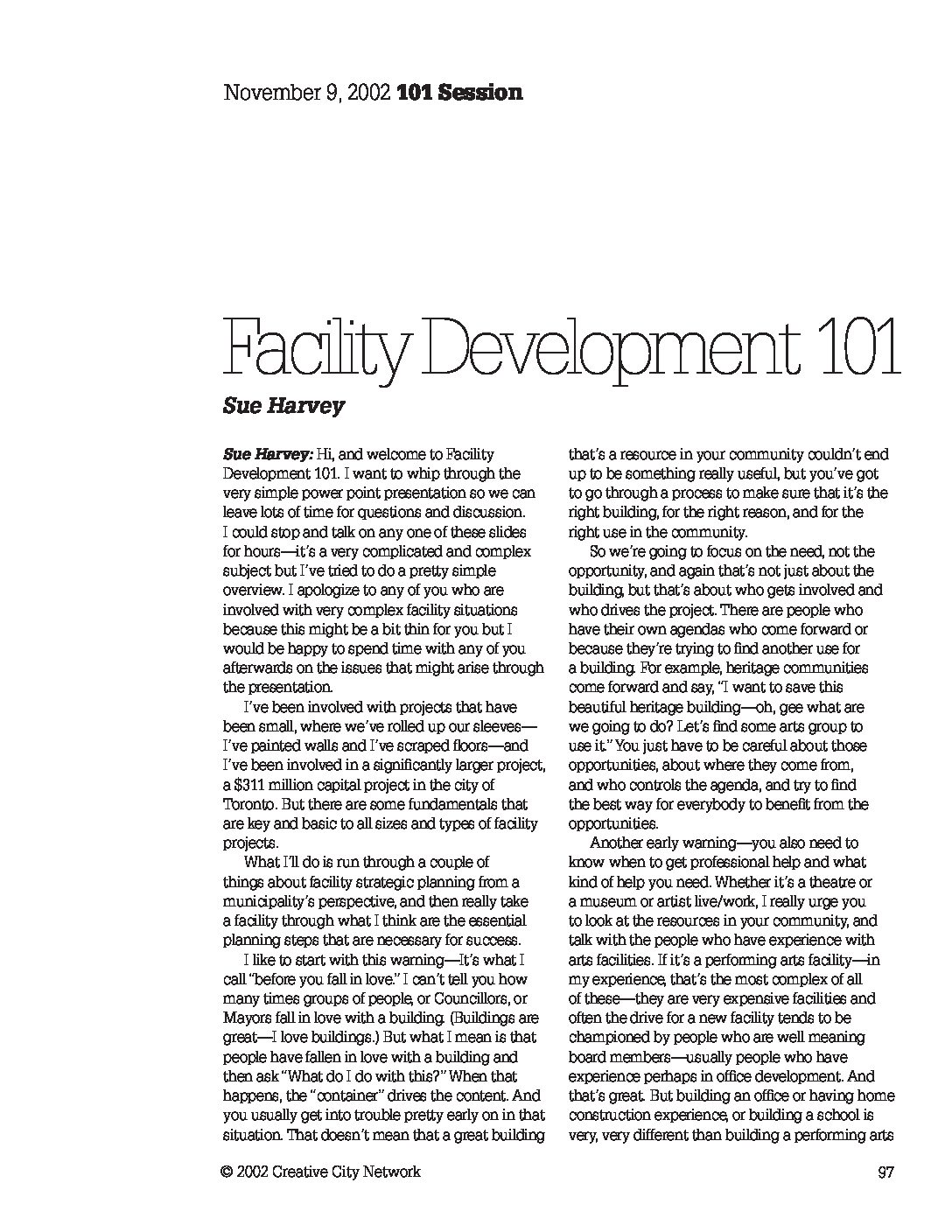
Facility Development 101 – 105KB (2002)
Sue Harvey’s Facility Development 101 session at the Creative City Network conference, November 9, 2002. Accompanied by a Powerpoint.
“What I’ll do is run through a couple of things about facility strategic planning from a municipality’s perspective, and then really take a facility through what I think are the essential planning steps that are necessary for success.” -
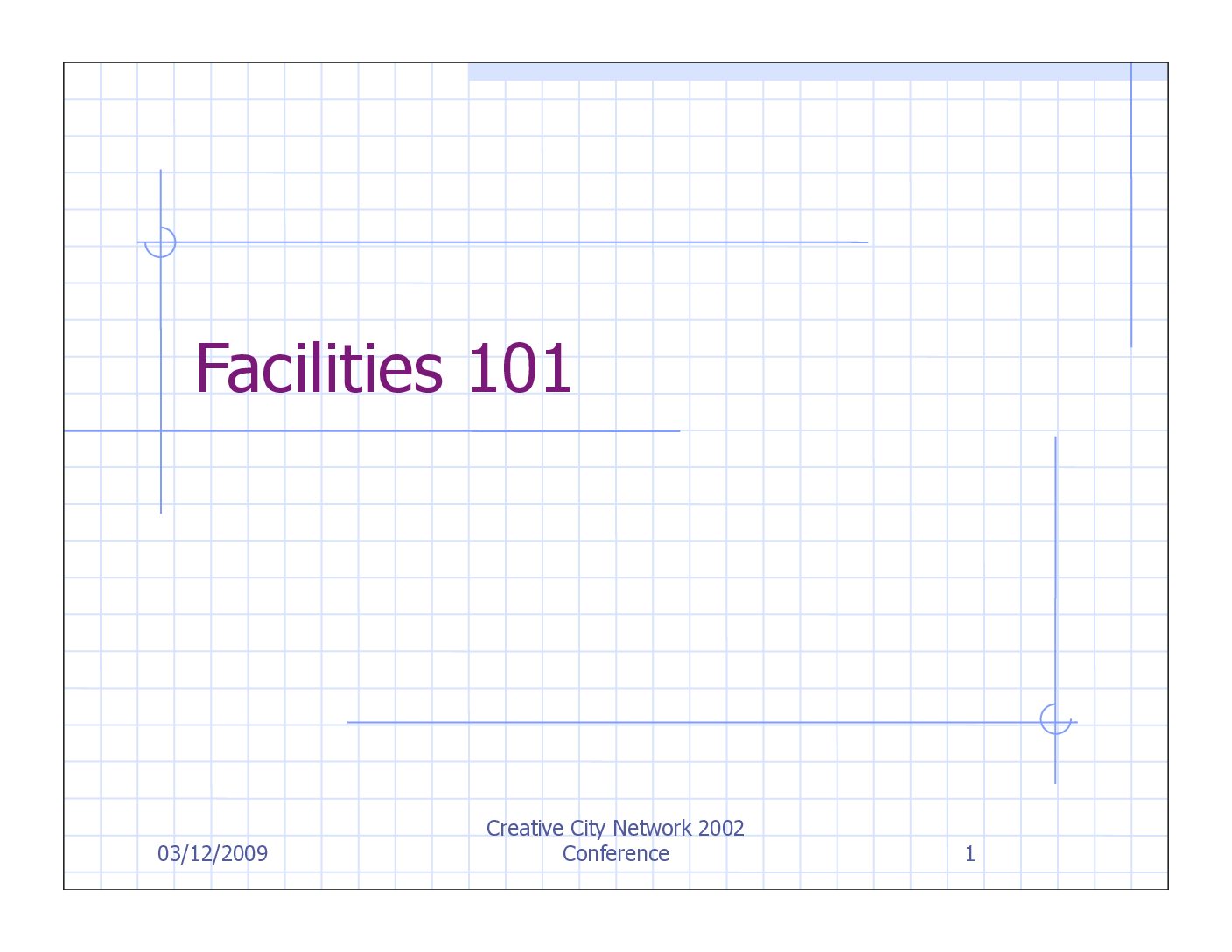
Facility Development 101 b – 76KB (2002)
Powerpoint accompanying Sue Harvey’s Facility Development 101 session at the Creative City Network conference, November 9, 2002.
“What I’ll do is run through a couple of things about facility strategic planning from a municipality’s perspective, and then really take a facility through what I think are the essential planning steps that are necessary for success.” -
Funding a new cultural facility: Should you begin construction before every dollar is in place? – 61KB (2000)
Creative City Network of Canada. Examples, issues, and advice. (Culture-L archives – June-July 2000)
-
Glossary of facilities, real estate and financial terms – 172KB (2003)
Glossary of facilities, real estate and financial terms.
-
Landmark Study Sheds Light on Profound Benefits of the Performing Arts – 3214KB(full report) (2013)
Performing arts presenting generates a wide range of benefits for Canadians, the communities they live in and society at large, according to a report prepared by Strategic Moves and released today by the Canadian Arts Presenting Association (CAPACOA). The Value of Presenting: A Study of Performing Arts Presentation in Canada includes a comprehensive historical and contemporary overview of the performing arts ecosystem. It reveals that performing arts are valued by the vast majority of Canadians – across socio-economic differences – and it provides a new perspective on younger Canadians’ interest in live performing arts. Most importantly, the study identifies a broad range of public benefits associated with performing arts presentation, including better health and well-being, greater energy and vitality in communities, and a more caring and cohesive society.
The Value of Presenting: A Study of Performing Arts Presentation in Canada (2011-2013) is the culmination of two years of intensive study and exploration designed to envision performing arts presenters’ current and future roles within the performing arts ecosystem, in their communities and in society at large. This study was commissioned by the Canadian Arts Presenting Association (CAPACOA), in partnership with the regional and other presenting networks and an advisory committee of sector representatives. The research and consultations process was designed and undertaken by Strategic Moves in collaboration with EKOS Research Associates for quantitative surveying. This work represents the largest pan-Canadian study to date in the performing arts presenting field.

